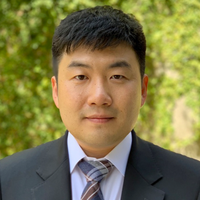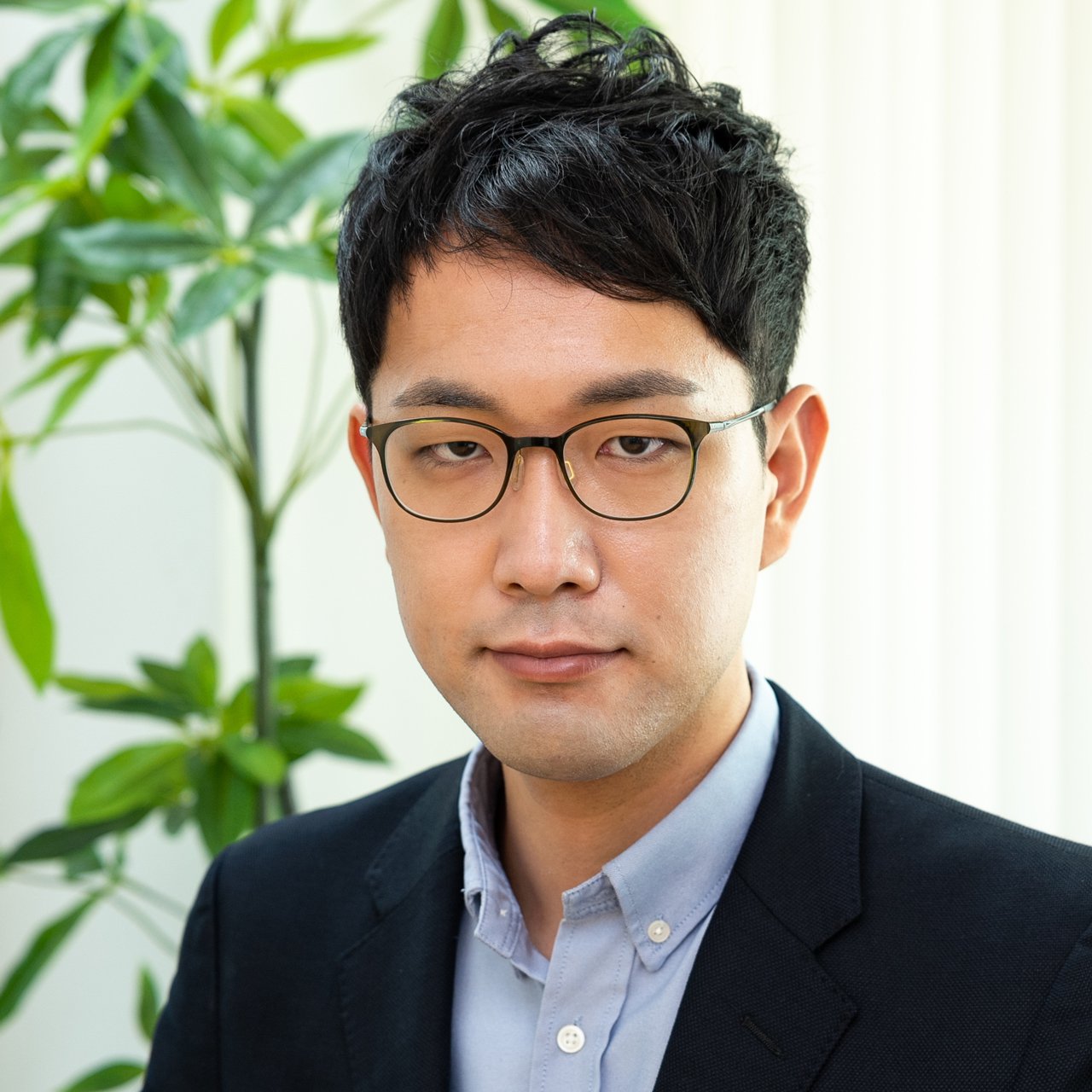Massive amounts of computer resources and power are needed for tasks that use machine learning, such as image recognition. In particular, cutting-edge semiconductor chips incur high costs as a result of the deadlock caused by Moore's law. These costs have served as a barrier to the spread of automation technology, which requires many AI chips. Under these circumstances, the global race to develop specialized AI chips, which are able to handle the processes to execute AI algorithms faster than conventional CPUs and GPUs for general use while using less power, has been heating up.
The wired logic AI processor developed by Atsutake Kosuge, Lecturer at the University of Tokyo, processes large amounts of data in parallel without using memory by allowing the data to flow directly between the logic elements integrated in the semiconductor chip in the same way that the human brain does. As a result, processing is possible at higher speeds with less power consumed when compared to processors with von Neumann architecture that save the data to memory before processing it through a time-sharing system. Through a demonstration, Kosuge was able to verify that a field-programmable gate array (FPGA) consumed 1/256th the power of a GPU for general use that is commonly used for AI processing. Furthermore, he has stated that it would be possible to reduce power consumption to 1/4100th by manufacturing a specialized chip instead of the FPGA.
Through this AI chip, Kosuge aims to automate the manufacturing industry, for which securing workers in the long term has become a serious social issue. The transmission line coupler (TLC), Kosuge's other major accomplishment, is a technology in which couplers are placed on top of a circuit board to create a wireless connection through the medium of the near field of the electromagnetic field produced between the couplers that face each other. Since the circuit board is sealed inside its enclosure, it is resistant to powder dust, moisture, and vibration. Kosuge's technology has achieved a similar level of communication performance as USB and other cutting-edge high-speed connections in environments with powder dust, oil, and the equivalent vibration intensity of a rocket. Even in harsh environments, it works very reliably.
Furthermore, Kosuge is also developing a technology that utilizes AI to automate the process of designing chips, in order to reduce costs. He can be considered an innovator that does not shy away from challenges, as he helps revitalize the semiconductor industry that once thrived in Japan.




